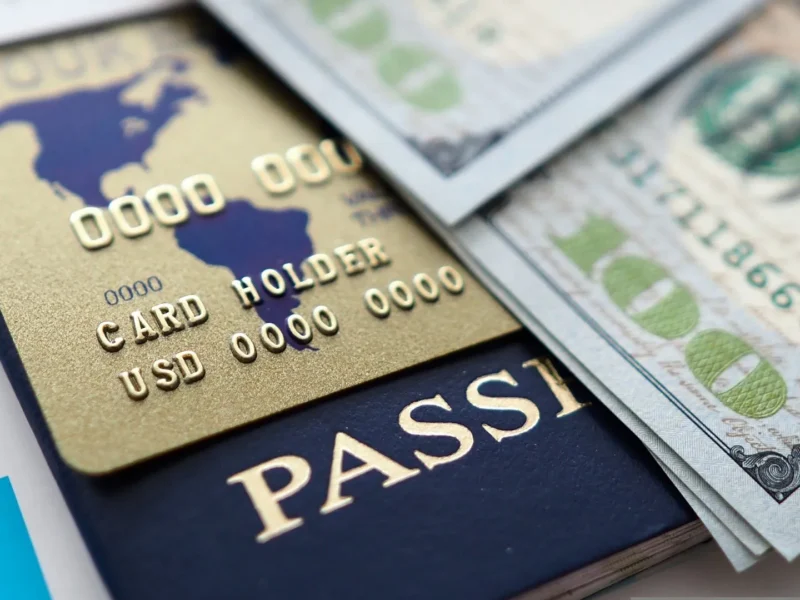I always get asked: should I carry a forex card, local currency, or dollars when traveling to a new country?
After traveling to nine different countries, here’s my priority order:
- Forex Cards (Niyo/One Card)
- Local Currency (brought from your home country—never withdraw at the airport)
- Dollars (reserved for emergencies)
Let’s start with why you should use forex cards and which ones work best in India. A few forex cards also allow you to withdraw cash at a very low cost outside India.
Niyo Global Credit Card
This is my personal favorite for travel because it allows cash withdrawals in addition to online or POS usage. All online transactions, whether made in-store or online, have the same conversion rate you see on Google.
Pros:
- Great for online international transactions or POS purchases, with 0% forex fees. You pay the exact amount you see on Google.
- You can withdraw cash using this card, and they often offer rewards for cash withdrawals, making the cash withdrawal cost nearly zero or around 2-3 dollars per transaction. You can use these reward points to book flights or visas through their platform.
Cons:
- Reloading can fail when trying to recharge via UPI, and it may take 2-3 days to become usable again.
- Some places may not accept it, so I carry multiple forex cards. The perfect backup for Niyo is One Card.
- Cashback from Agoda does not get credited back to Niyo.
- The credit limit is confusing; you need to recharge for ₹30,000 if you want a ₹30,000 limit.
Referal Code: TARUN374
Referall Link: https://goniyo.go.link/?adj_t=cq5kwl3&adj_campaign=Referral&adj_label=TARUN374
One Card
One Card serves as a backup for Niyo when it doesn’t work, and the user experience is superior to Niyo Global.
Pros:
- Never failed during transactions across multiple countries (both online and POS).
- Takes a 1% forex fee, which is often given back as rewards.
- Agoda cashback gets reflected back, unlike with Niyo.
Cons:
- Charges a 1% forex fee for all international transactions.
- No option for cash withdrawal.
Referal Code: TARLDIJSR
Referall Link: https://1cardapp.page.link/peq8
HDFC Multi Forex Card
I only recommend this card if you don’t have a forex card like Niyo or One Card. The ROI on Indian bank forex cards is generally poor.
Pros:
- Ideal for large cash withdrawals.
Cons:
- Cash withdrawals cost around $12-15 per transaction.
- If the card doesn’t support the currency, you pay an additional 4-5% on the transaction.
- Signup is lengthy and tedious.
- Manual recharge involves a lot of paperwork each time.
- Instant recharge was not supported (until recently)—it used to take up to 8 hours.
My first preference is to use forex cards for online transactions, cash withdrawals, or POS purchases. If that doesn’t work, use the local currency you carry (but never exchange money at the airport—you’ll lose 10-15%). For emergencies, exchange dollars as a last resort.
Which cards are recommended beyond Niyo or One Card?
Beyond Niyo and One Card, fellow travelers recommend Scapia or Fi Money cards for Indians traveling abroad. Personally, Scapia never gets approved for me, and I haven’t tried BookMyForex.
Cards recommended for people who are not from India?
Many international travelers use Revolut or Wise. I’m eagerly waiting for Wise or Revolut to launch in India.
Should I carry multiple forex cards?
Since forex cards can sometimes fail, I always recommend carrying more than one. Most forex cards in India, beyond Niyo and One Card, are not great. If the card doesn’t support the currency, you’ll pay 4-5% in fees plus conversion charges.
